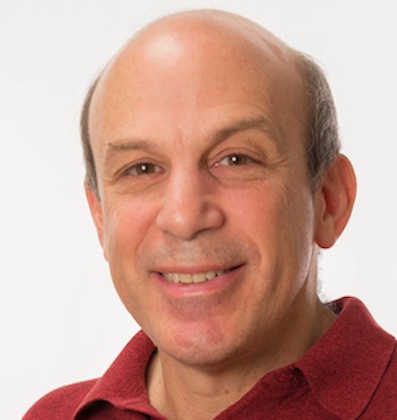
Kevin Struhl, Ph.D.
We combine genetic, molecular, biochemical, genomic, and evolutionary approaches to study the mechanistic relationship between chromatin structure and transcriptional regulation and its implications for epigenetic inheritance of heterochromatin. In addition, we combine functional genomic and mechanistic approaches to elucidate the transcriptional regulatory circuits involved in the process of cellular transformation and formation of cancer stem cells, and the use of metformin as an anti-cancer drug in combination with chemotherapy.
Research:
Transcriptional regulation in response to environmental and developmental cues is mediated by the combinatorial and synergistic action of specific DNA-binding activators and repressors on components of the general transcription machinery and chromatin modifying activities, and it also involves microRNAs. We combine genetic, molecular, genomic, and evolutionary approaches to address fundamental questions about transcriptional regulatory mechanisms, mRNA stability, and 3’ end formation in yeast, as well as elucidating the transcriptional regulatory circuits that mediate the process of cellular transformation and formation of cancer stem cells.
Relationship between transcriptional regulatory mechanisms and chromatin structure in yeast: Current projects include 1) how co-activators, chromatin-modifying complexes, repressors, and components of the basic transcription machinery are recruited to promoters in vivo under genetically and environmentally defined conditions, 2) intrinsic and dynamic aspects of chromatin structure, and mechanisms of epigenetic inheritance of heterochromatic and euchromatic states, 3) distinguishing between biological function and biological noise using evolutionarily related yeast species and other approaches.
mRNA stability and 3’ end formation in yeast: Current projects include 1) selection of polyadenylation sites, 2) mechanism of mRNA decay including the identification of stabilizing and destabilizing sequences and the role of secondary structure, 3) regulation of 3’ end formation and mRNA stability under different environmental conditions by RNA-binding proteins
Transcriptional regulatory circuits during the process of cellular transformation in human cells: Current projects include 1) an epigenetic switch from non-transformed to transformed cells in response to a transient inflammatory signal, 2) molecular pathways required for the formation of cancer stem cells, 3) defining an inflammatory index to type human cancers, 4) phenotypic screening methods for personalized therapy for human cancer patients, 5) testing metformin as a potential anti-cancer drug.
Address:
Room C-351A
240 Longwood Ave.
Boston, MA 02115